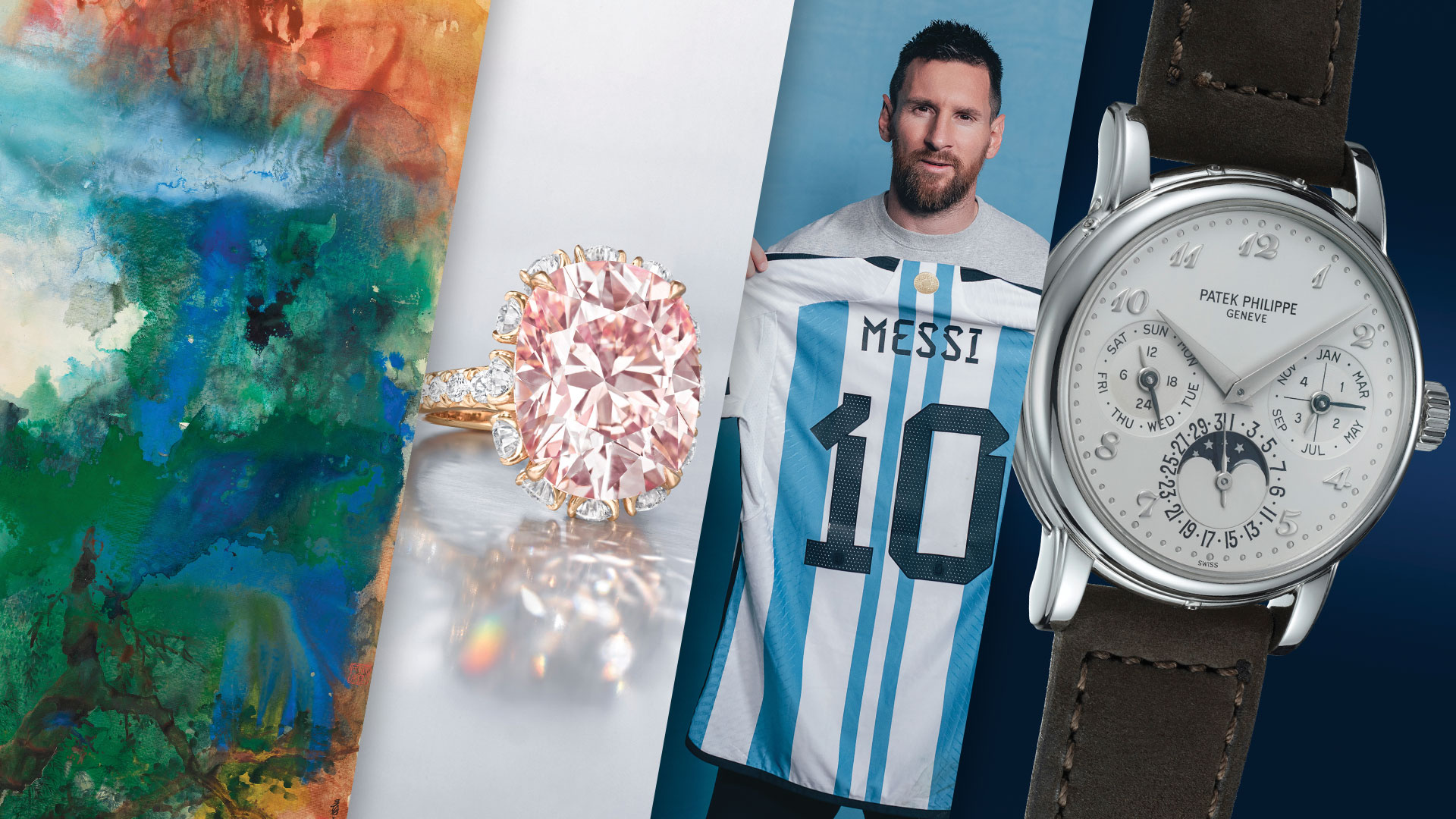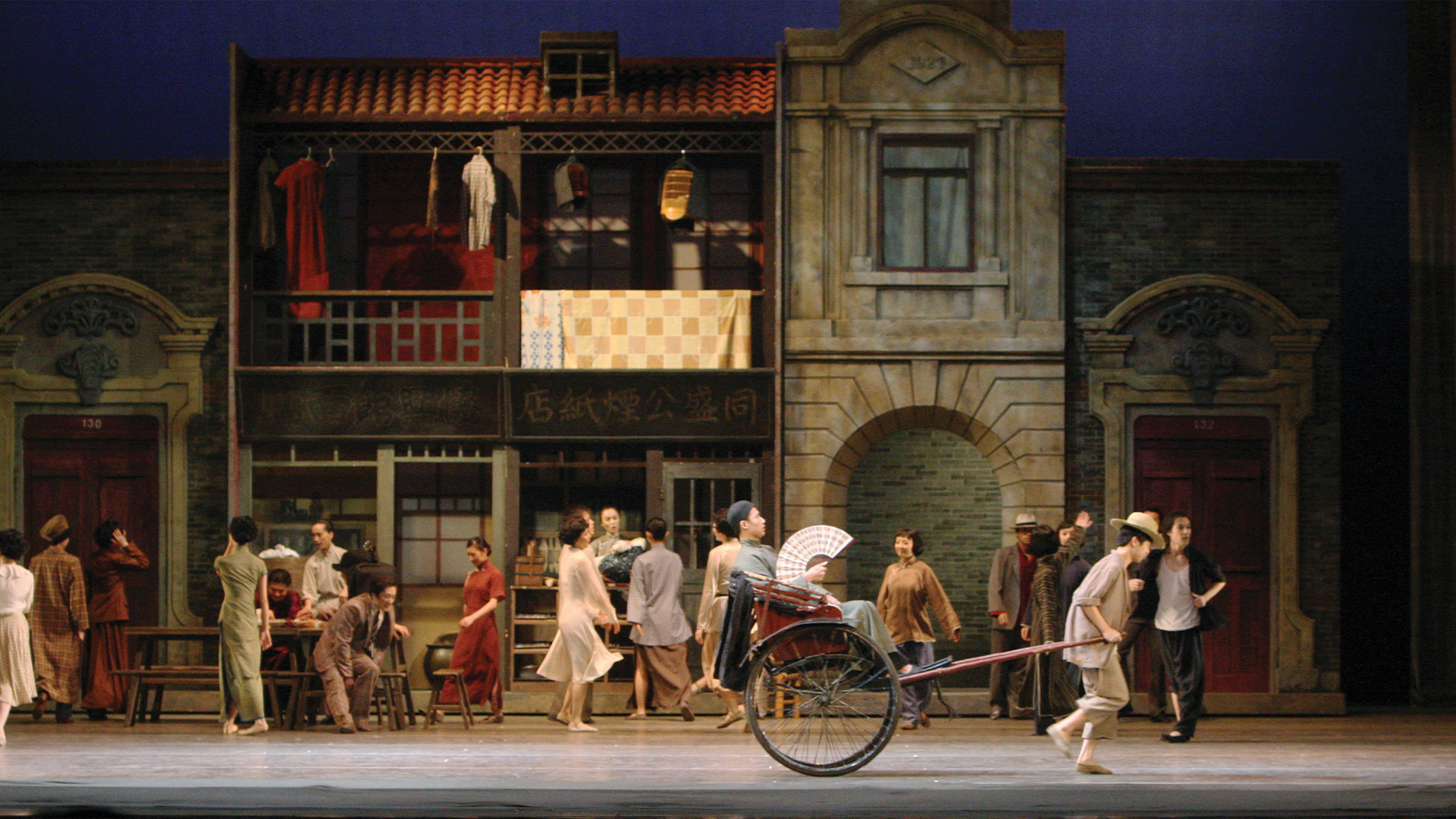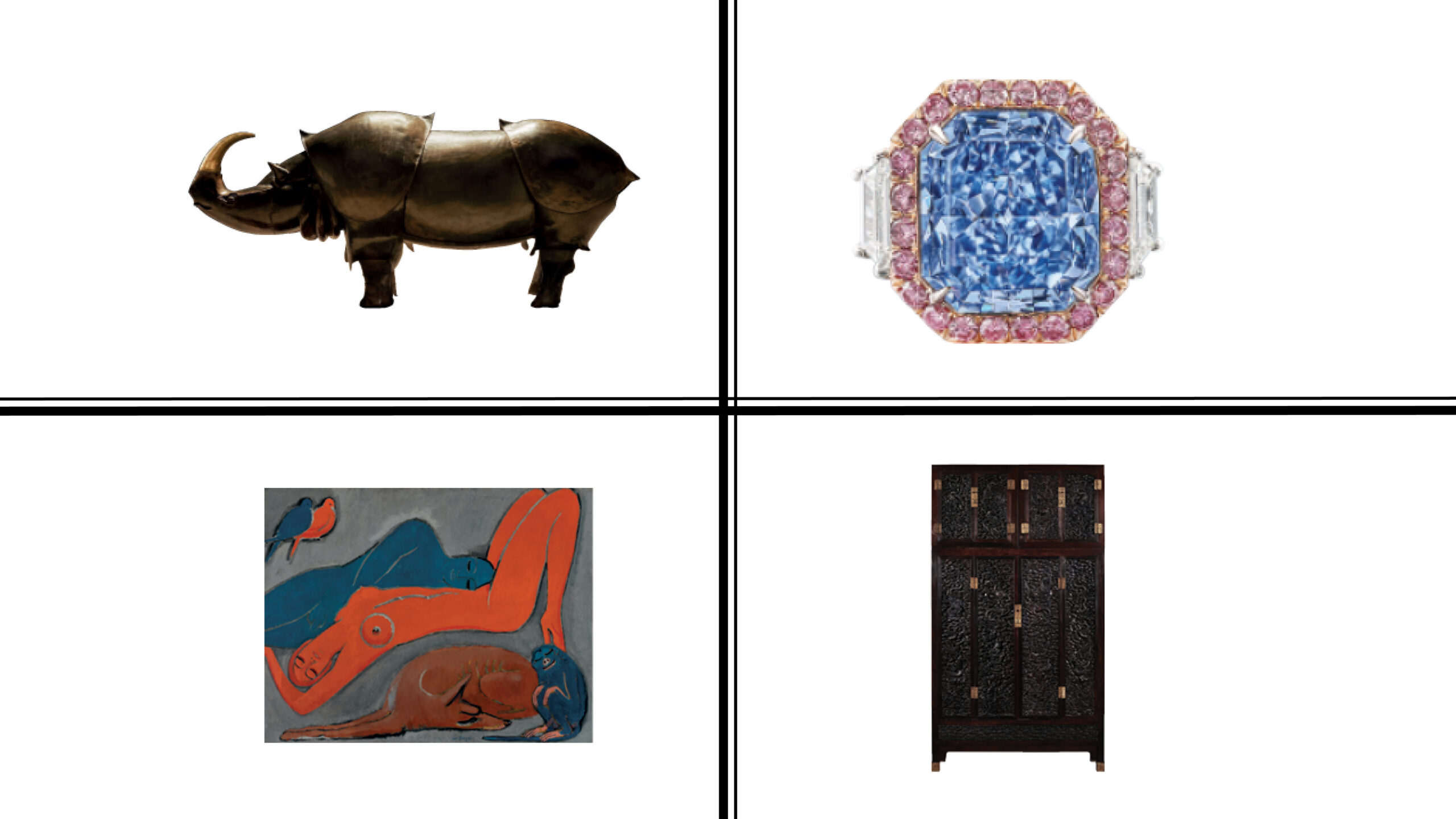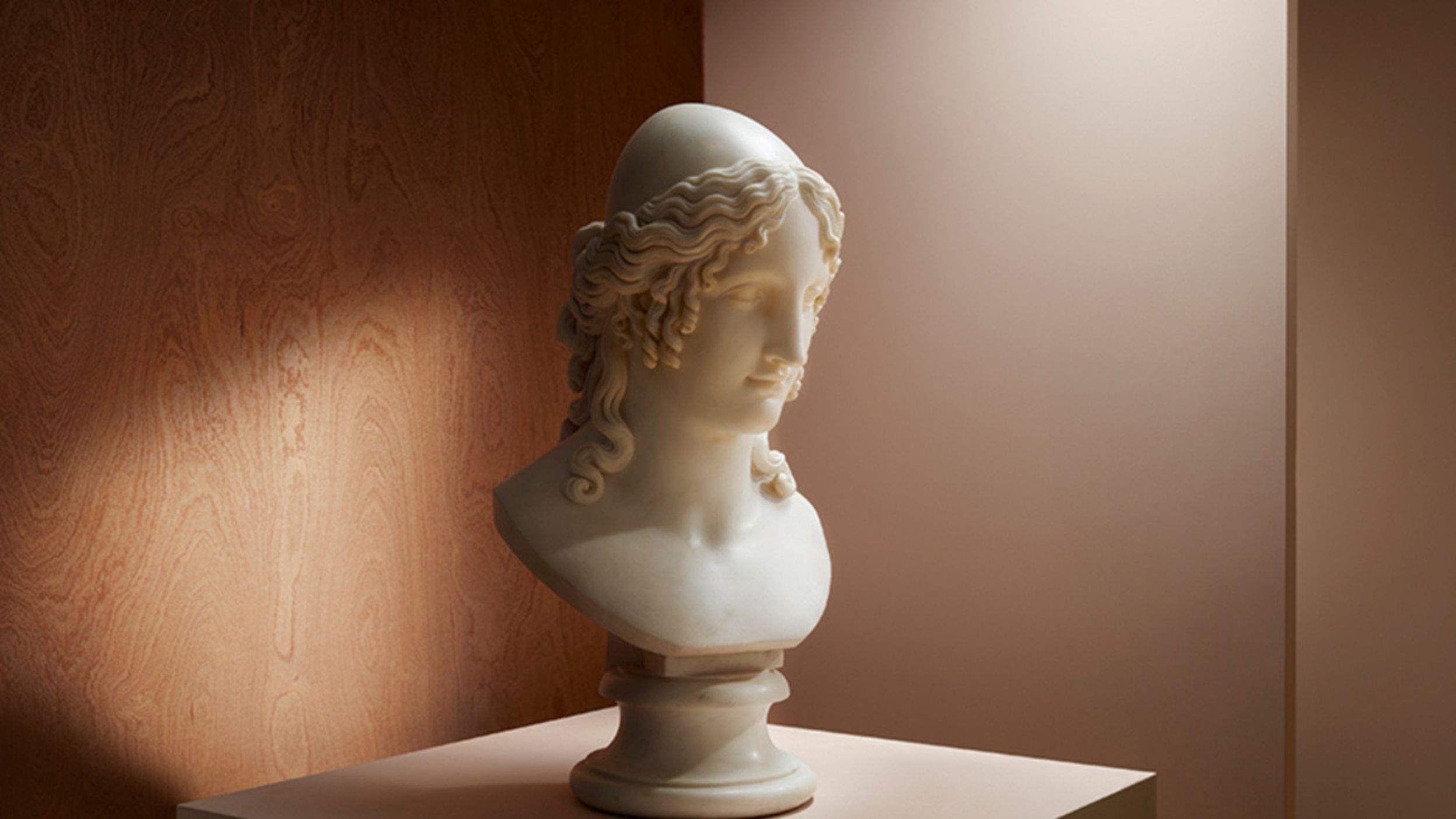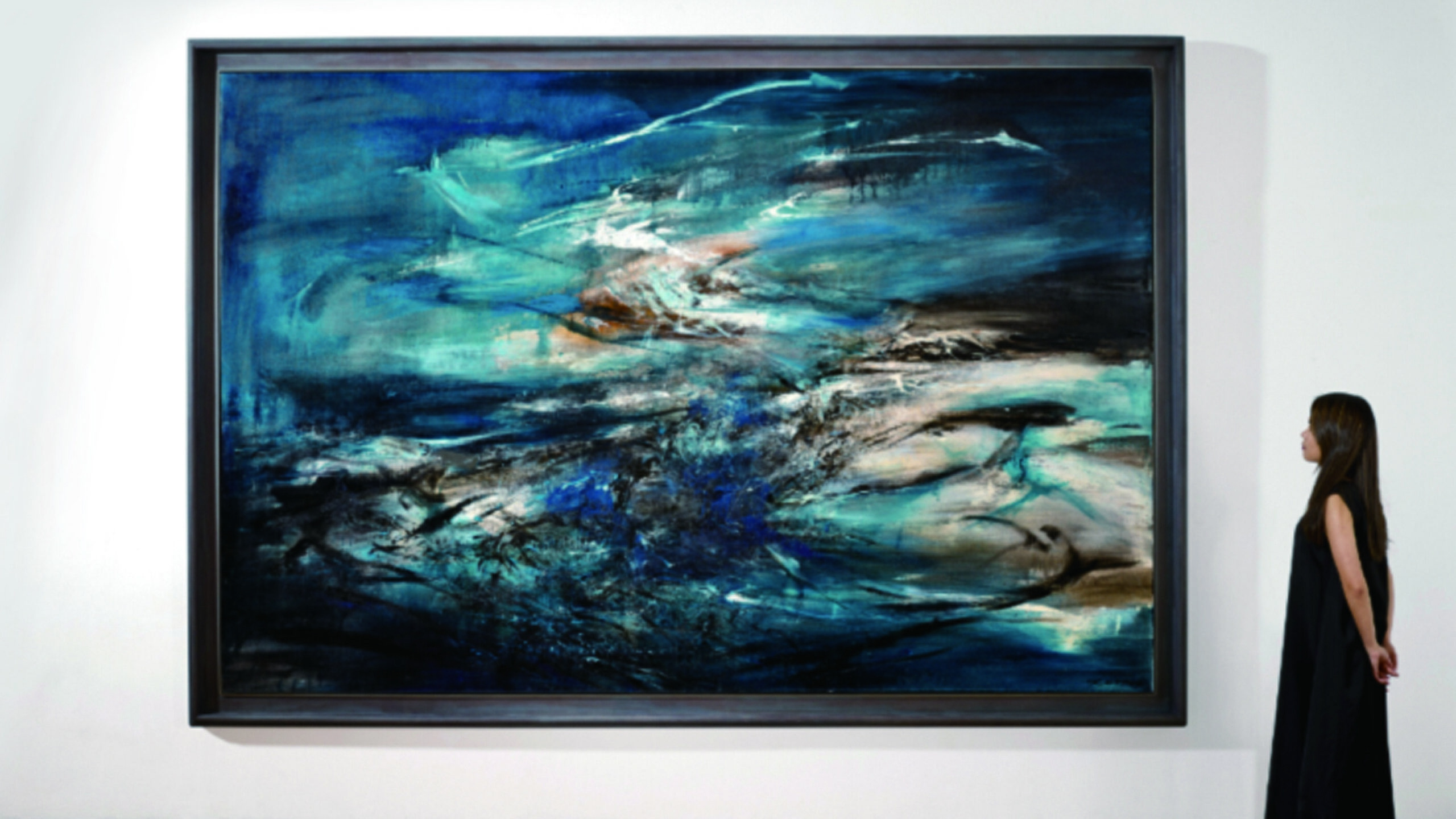
Artistic Luxury At Its Peak
Zao Wou-Ki’s highly-appreciated art piece 29.09.64, the rare Richard Mille watches, and more artistic luxury creations only prove that a brilliant creation will be worth [literally] millions on any given day.
Blue Art
Inner angst on a canvass

Renowned for his mastery of both the Eastern and Western artistic traditions and for successfully deploying both within one work – Zao Wou-Ki was undoubtedly one of the key figures of the 20th-century artistic milieu. His stature was more than recognised at a recent sale in Hong Kong, which saw one of his most celebrated works, 29.06.64, go for HK$278 million (US$35.5 million).
29.09.64 is a masterful example of Zao Wou-Ki’s oeuvre and dates from one of the most intense periods of his life in both artistic and personal terms. Dominated by a huge mix of distinct blue hues, the work depicts an immense battle with large dark brushstrokes while anchoring the composition are splashes of brilliant white against a central rusty orange motif. An animated and agitated composition, it has been taken as a projection of the artist’s inner angst and yearning for resolution.
This master artist’s work has long been celebrated for its facility to transcend geographical limits and embody a broad, rich cultural essence. His works are seen as driving spiritual renewal while inspiring philosophical reflections on the nature of life, history and the universe.
Also Read: Vibrant City: Hong Kong’s growing art scene
First Timer
Watch of cruiser casualty proves cash cow

Technical excellence, high performance and certain robustness have always been the defining characteristics of the Richard Mille range of luxury precision timepieces. These were in evidence from the very beginning and can be found in the RM001, the watch that started it all and that sold for US$2.3 million (HK$17.7 million) at auction late last year.
It was this striking 18K pink gold wristwatch, complete with its one-minute tourbillion, power and torque reserve indicators, that first put Richard Mille on the global Haute horology map. Worn by the eponymous brand founder himself, it was used as a test piece as he continuously sought to refine the technical and design aspects of his unique vision, ultimately paving the way for the much-loved traits that still define the brand to this day.
In all, there were only 11 of these very early Richard Mille watches ever made – five with a German silver baseplate and six with a titanium counterpart. Today, these models are particularly prized for showcasing the brand’s pioneering approach to the use of innovative materials, something that still remains at the very core of its approach to the watch market.
Violin Piece
A record bid for Man Ray photo

A photograph by Man Ray – one of the most celebrated visual artists of the 20th century and a leading figure in both the Dada and the Surrealists movements – sold for US$12.4 million (HK$96.9 million) when it recently came up for auction at Christie’s in New York. In the process, the picture in question – Le Violon d’Ingres – became the most expensive photograph ever to go under the gavel.
The photo was one of several on offer at The Surrealist World of Rosalind Gersten Jacobs and Melvin Jacobs sale and proved the event’s undoubted highlight. It saw a host of collectors compete to secure the finest items on offer from the collection of Rosalind Gersten Jacobs, an American fashion buyer and retail executive, and her husband, going on to assemble a notable collection of their works.
Le Violon d’Ingres was first published in the Surrealist magazine Littérature in June 1924 and featured Man Ray’s lover, Kiki de Montparnasse, in a pose first made famous by Ingres’ in The Valpinçon Bather (1808). Signed and dated in ink as Man Ray 1924 and stamped in red ink ‘original’ on the reverse, it has a detailed provenance and has long been acknowledged as an icon of the 20th-century art world.
Also Read: Best Bids Bulletin
Standing Incense
Aromatherapy on a stand

Burning incense and other feted aromatics has been a staple of the secular and religious life of China since at least the time of the Han Dynasty (BC 202). To facilitate this, incense burners were often ceremonially placed within imperial offices and private residences, while also being commonly found in places of worship or key outdoor venues. While not quite dating back to the earliest days of such practices, an eminently rare Huanghuali rectangular incense stand, complete with a serpentine panel and drawer, from 17thcentury Xiangji, still racked up a more than respectable HK$24.5 million (US$3.1 million) at a recent auction in Hong Kong.
A relatively unique item, it features a rectangular sectional stand, while its upper area boasts a green-serpentine stone panel within a thick frame with a beaded edge. This all rests on a central plinth set with decorative Taohuan panels, which are framed by pillared struts, with this neatly constructed unit also incorporating a drawer on one side. Part of the appeal of its elegantly curved stand is its clear association with Buddhism. Indeed, these were commonly placed in front of Buddhist images while the stands themselves featured arched outlines that artfully resembled Buddhist caves and pagodas.
(Text: Peter Chan)



